-
 Bitcoin
Bitcoin $96,417.8202
-0.23% -
 Ethereum
Ethereum $1,829.2704
0.21% -
 Tether USDt
Tether USDt $1.0003
0.02% -
 XRP
XRP $2.2057
-0.22% -
 BNB
BNB $597.6618
-0.02% -
 Solana
Solana $148.1978
-0.81% -
 USDC
USDC $1.0000
0.01% -
 Dogecoin
Dogecoin $0.1794
-0.45% -
 Cardano
Cardano $0.7029
-0.07% -
 TRON
TRON $0.2479
1.10% -
 Sui
Sui $3.3999
-1.80% -
 Chainlink
Chainlink $14.4025
-1.89% -
 Avalanche
Avalanche $20.9544
-1.62% -
 Stellar
Stellar $0.2725
-1.03% -
 UNUS SED LEO
UNUS SED LEO $8.9195
-0.43% -
 Toncoin
Toncoin $3.1935
-0.30% -
 Shiba Inu
Shiba Inu $0.0...01325
-1.44% -
 Hedera
Hedera $0.1843
-1.78% -
 Bitcoin Cash
Bitcoin Cash $369.9676
-0.68% -
 Hyperliquid
Hyperliquid $20.6358
1.65% -
 Litecoin
Litecoin $87.1003
-1.69% -
 Polkadot
Polkadot $4.1419
-1.78% -
 Dai
Dai $1.0001
0.01% -
 Bitget Token
Bitget Token $4.3925
0.08% -
 Monero
Monero $275.3381
-1.21% -
 Ethena USDe
Ethena USDe $1.0009
0.02% -
 Pi
Pi $0.5880
-1.19% -
 Pepe
Pepe $0.0...08511
-2.41% -
 Aptos
Aptos $5.3655
-2.76% -
 Uniswap
Uniswap $5.1712
-2.44%
What is Vesting?
Cryptocurrency vesting schedules, often legally binding smart contracts, gradually release tokens over time, incentivizing long-term commitment and preventing market price crashes. Linear, cliff, and graded vesting are common types.
Mar 14, 2025 at 08:00 pm
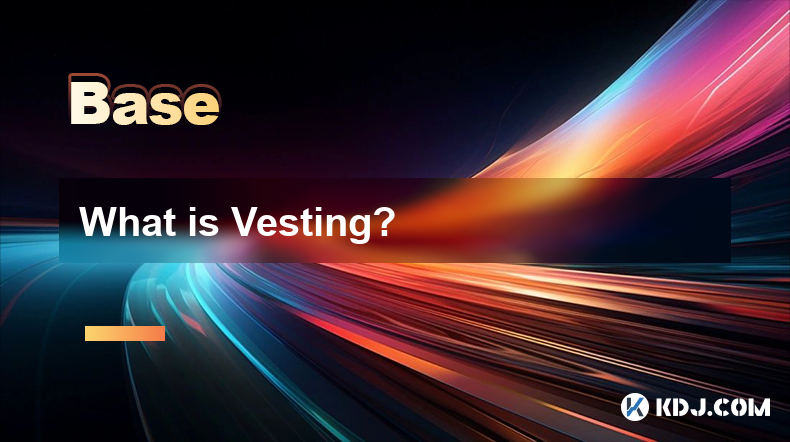
Key Points:
- Vesting is a scheduled release of cryptocurrency tokens over a period of time, often used in token sales, employee compensation, and advisor agreements.
- It's designed to incentivize long-term commitment and prevent immediate dumping of tokens, which could negatively impact the market price.
- Various vesting schedules exist, including linear, cliff, and graded vesting.
- Understanding vesting schedules is crucial for investors evaluating cryptocurrency projects and for those involved in token distributions.
- Vesting is legally binding, ensuring compliance and transparency.
What is Vesting?
Vesting, in the context of cryptocurrencies, refers to the gradual release of tokens over a predetermined period. This controlled release is a crucial mechanism to prevent immediate market flooding with newly issued tokens, thereby potentially stabilizing the price and demonstrating a commitment from token holders. Think of it as a timed lock on your cryptocurrency assets. The vesting schedule is agreed upon upfront and is usually part of a smart contract.
Why is Vesting Used?
Vesting serves multiple critical purposes within the cryptocurrency ecosystem. Primarily, it's designed to align the incentives of token holders with the long-term success of the project. By releasing tokens incrementally, it discourages short-term speculation and encourages long-term investment and participation in the project's development. This approach fosters trust and stability within the community. Furthermore, vesting is a common practice in various agreements, such as those with advisors, team members, and early investors.
Different Types of Vesting Schedules:
Several vesting schedules are employed, each with its unique characteristics. The most common are:
- Linear Vesting: Tokens are released at a constant rate over a specified period. For example, a linear vesting schedule of one year might release 1/12th of the tokens each month. This is a simple and straightforward approach.
- Cliff Vesting: A significant portion of tokens is held until a specific date (the "cliff"). After this date, the remaining tokens are then released according to a predetermined schedule, often linear. This incentivizes long-term commitment and minimizes early dumping.
- Graded Vesting: This combines elements of linear and cliff vesting. It might involve a cliff followed by an accelerated release rate in the initial period, gradually slowing down over time. This offers a balance between immediate and long-term incentives.
- Custom Vesting: Projects can create bespoke vesting schedules to suit their specific needs and goals. This allows for greater flexibility but requires careful planning and clear communication.
How Vesting Works in Practice:
The implementation of vesting often relies on smart contracts. These self-executing contracts automate the release of tokens according to the pre-defined schedule. Once the tokens are vested, they become fully accessible to the holder. However, the vesting schedule itself is typically immutable, meaning it cannot be easily altered after it’s set. This ensures transparency and predictability.
Vesting and Token Sales:
In Initial Coin Offerings (ICOs) and Initial Exchange Offerings (IEOs), vesting is frequently used for the tokens allocated to the team, advisors, and early investors. This safeguards against potential negative market impacts and demonstrates confidence in the long-term viability of the project. Investors carefully examine vesting schedules before participating in such offerings.
Vesting and Employee Compensation:
Many cryptocurrency projects utilize vesting as a form of employee compensation. This aligns the interests of employees with the project's success, as they are incentivized to contribute to the project's growth to maximize the value of their vested tokens. This practice is becoming increasingly common in the industry.
Legal Implications of Vesting:
Vesting schedules are typically legally binding agreements. This ensures transparency and accountability for all parties involved. Failure to comply with the vesting schedule can have legal consequences. Therefore, it's crucial to have a well-defined and legally sound vesting agreement. This also provides clarity and avoids potential disputes.
Vesting and Security Tokens:
Security tokens, which are subject to stricter regulations, often incorporate complex vesting schedules to ensure compliance with securities laws. These schedules are carefully designed to adhere to relevant regulations and are reviewed by legal professionals. The complexity reflects the increased regulatory scrutiny surrounding security tokens.
Transparency and Vesting:
Transparent and publicly available vesting schedules are crucial for building trust and fostering a healthy ecosystem. This allows potential investors and community members to assess the risk and potential returns associated with the project. Openness about vesting arrangements is key for fostering confidence.
Frequently Asked Questions:
Q: What happens if a vested token holder sells their tokens before they are fully vested?
A: They can only sell the tokens that have already been vested according to the schedule. The unvested tokens remain locked until their release date.
Q: Can a vesting schedule be changed after it’s been set?
A: Typically, no. Vesting schedules, particularly those implemented via smart contracts, are usually immutable. Any changes would require a consensus among all stakeholders.
Q: What are the tax implications of vested tokens?
A: Tax implications vary depending on jurisdiction and the specific circumstances. It's advisable to seek professional tax advice regarding the taxation of vested cryptocurrency tokens. Tax laws surrounding cryptocurrencies are still evolving.
Q: Is vesting only used for tokens?
A: While most commonly associated with tokens, vesting principles can also be applied to other forms of digital assets or even traditional assets under certain contractual agreements. The core principle of timed release remains the same.
Q: How can I find out the vesting schedule of a specific cryptocurrency project?
A: Typically, the vesting schedule is outlined in the project's whitepaper or tokenomics document. You can also often find this information on the project's website or through community channels. If you can't find this information readily, it is advisable to proceed with caution.
Disclaimer:info@kdj.com
The information provided is not trading advice. kdj.com does not assume any responsibility for any investments made based on the information provided in this article. Cryptocurrencies are highly volatile and it is highly recommended that you invest with caution after thorough research!
If you believe that the content used on this website infringes your copyright, please contact us immediately (info@kdj.com) and we will delete it promptly.
- The crypto market has been making steady gains
- 2025-05-03 16:40:14
- Real Estate Tokenization Is Poised for Impressive Growth, Promises to Transform Conventional Investment Models
- 2025-05-03 16:40:14
- Skipped Pi Coin? This Cat's Viral Presale Is Already Purring With Early Buyer Momentum
- 2025-05-03 16:35:14
- Culture Minister Reiterates Institutional Support for Moldovan Media on World Press Freedom Day
- 2025-05-03 16:35:14
- One legendary trader turned a mere $3,000 into a jaw-dropping $73 million
- 2025-05-03 16:30:12
- Remittix Presale skyrockets over $14.7 million as SUI Breaks Falling Wedge Pattern, Targets $6
- 2025-05-03 16:30:12
Related knowledge

What is a Merkle tree? What role does it play in blockchain?
Apr 29,2025 at 07:42am
A Merkle tree, also known as a hash tree, is a data structure used to efficiently verify the integrity and consistency of large sets of data. In the context of blockchain, Merkle trees play a crucial role in ensuring the security and efficiency of the network. This article will explore what a Merkle tree is, how it works, and its specific role in blockc...
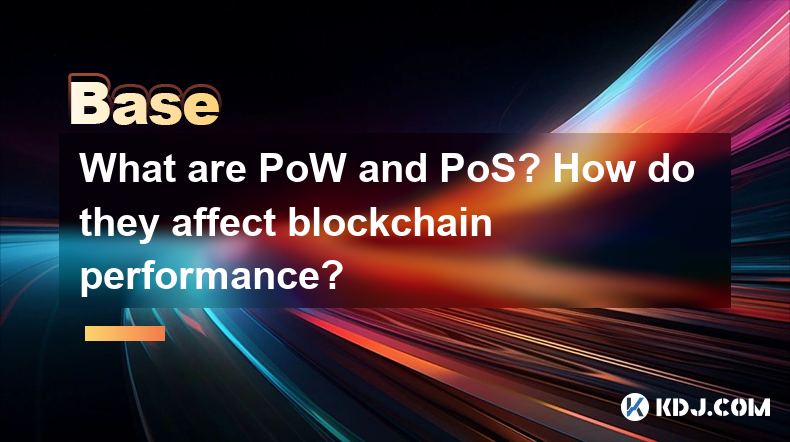
What are PoW and PoS? How do they affect blockchain performance?
Apr 28,2025 at 09:21am
Introduction to PoW and PoSIn the world of cryptocurrencies, the terms Proof of Work (PoW) and Proof of Stake (PoS) are frequently mentioned due to their critical roles in securing and maintaining blockchain networks. Both mechanisms are used to validate transactions and add them to the blockchain, but they operate on different principles and have disti...
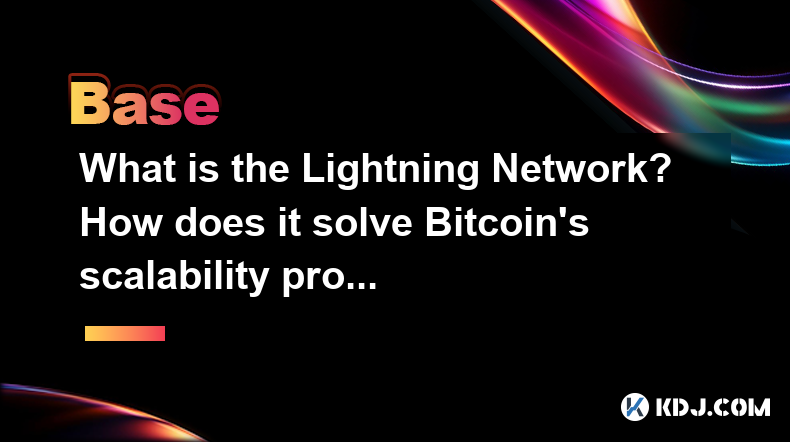
What is the Lightning Network? How does it solve Bitcoin's scalability problem?
Apr 27,2025 at 03:00pm
The Lightning Network is a second-layer solution built on top of the Bitcoin blockchain to enhance its scalability and transaction speed. It operates as an off-chain network of payment channels that allow users to conduct multiple transactions without the need to commit each transaction to the Bitcoin blockchain. This significantly reduces the load on t...
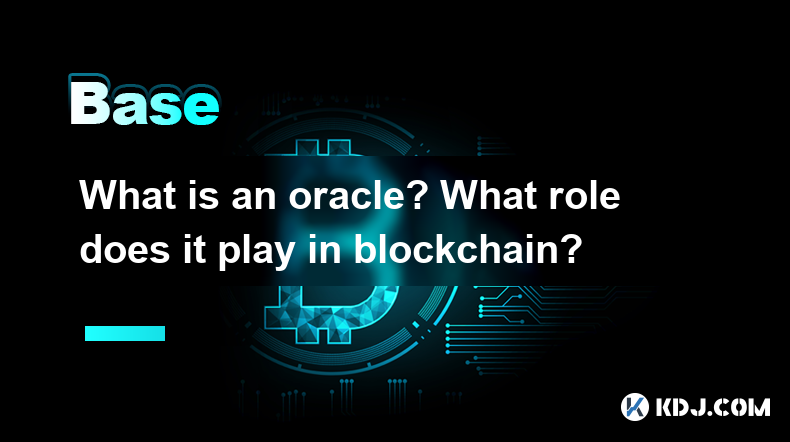
What is an oracle? What role does it play in blockchain?
Apr 29,2025 at 10:43am
An oracle in the context of blockchain technology refers to a service or mechanism that acts as a bridge between the blockchain and external data sources. It is essential because blockchains are inherently isolated systems that cannot access external data directly. By providing this connection, oracles enable smart contracts to execute based on real-wor...
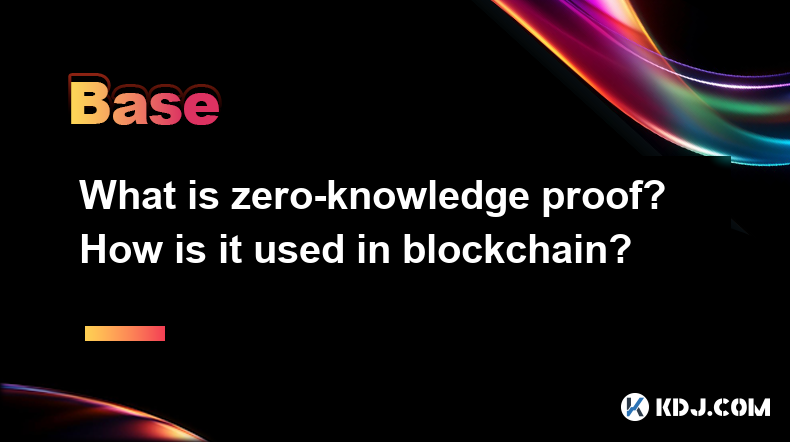
What is zero-knowledge proof? How is it used in blockchain?
Apr 27,2025 at 01:14pm
Zero-knowledge proof (ZKP) is a cryptographic method that allows one party to prove to another that a given statement is true, without conveying any additional information apart from the fact that the statement is indeed true. This concept, which emerged from the field of theoretical computer science in the 1980s, has found significant applications in t...
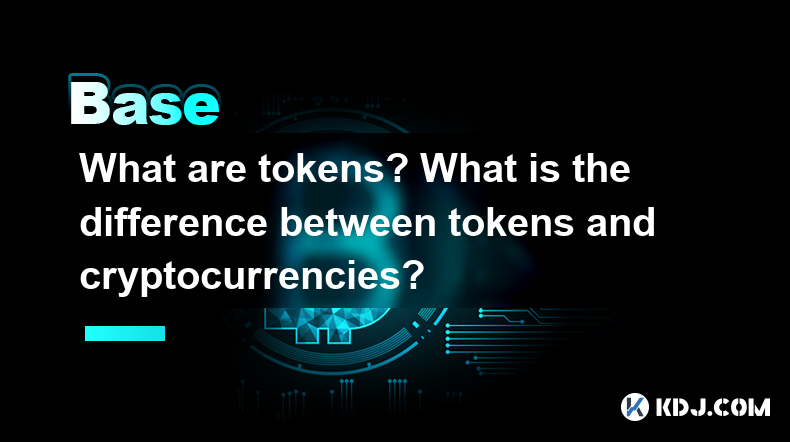
What are tokens? What is the difference between tokens and cryptocurrencies?
Apr 29,2025 at 07:49am
Tokens and cryptocurrencies are both integral parts of the blockchain ecosystem, yet they serve different purposes and have distinct characteristics. In this article, we will explore the concept of tokens, delve into the differences between tokens and cryptocurrencies, and provide a comprehensive understanding of their roles within the crypto space. Wha...

What is a Merkle tree? What role does it play in blockchain?
Apr 29,2025 at 07:42am
A Merkle tree, also known as a hash tree, is a data structure used to efficiently verify the integrity and consistency of large sets of data. In the context of blockchain, Merkle trees play a crucial role in ensuring the security and efficiency of the network. This article will explore what a Merkle tree is, how it works, and its specific role in blockc...

What are PoW and PoS? How do they affect blockchain performance?
Apr 28,2025 at 09:21am
Introduction to PoW and PoSIn the world of cryptocurrencies, the terms Proof of Work (PoW) and Proof of Stake (PoS) are frequently mentioned due to their critical roles in securing and maintaining blockchain networks. Both mechanisms are used to validate transactions and add them to the blockchain, but they operate on different principles and have disti...

What is the Lightning Network? How does it solve Bitcoin's scalability problem?
Apr 27,2025 at 03:00pm
The Lightning Network is a second-layer solution built on top of the Bitcoin blockchain to enhance its scalability and transaction speed. It operates as an off-chain network of payment channels that allow users to conduct multiple transactions without the need to commit each transaction to the Bitcoin blockchain. This significantly reduces the load on t...

What is an oracle? What role does it play in blockchain?
Apr 29,2025 at 10:43am
An oracle in the context of blockchain technology refers to a service or mechanism that acts as a bridge between the blockchain and external data sources. It is essential because blockchains are inherently isolated systems that cannot access external data directly. By providing this connection, oracles enable smart contracts to execute based on real-wor...

What is zero-knowledge proof? How is it used in blockchain?
Apr 27,2025 at 01:14pm
Zero-knowledge proof (ZKP) is a cryptographic method that allows one party to prove to another that a given statement is true, without conveying any additional information apart from the fact that the statement is indeed true. This concept, which emerged from the field of theoretical computer science in the 1980s, has found significant applications in t...

What are tokens? What is the difference between tokens and cryptocurrencies?
Apr 29,2025 at 07:49am
Tokens and cryptocurrencies are both integral parts of the blockchain ecosystem, yet they serve different purposes and have distinct characteristics. In this article, we will explore the concept of tokens, delve into the differences between tokens and cryptocurrencies, and provide a comprehensive understanding of their roles within the crypto space. Wha...
See all articles




















































































